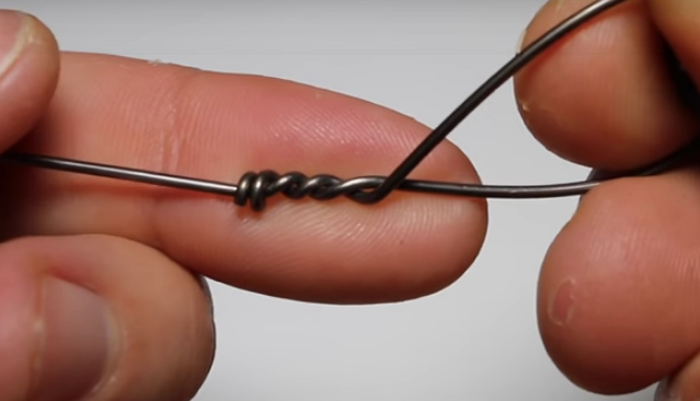
In the beginning.
Tying Albright Knot in conjunction with the Haywire Twist is everyday stuff in South Florida offshore and flats anglers
By Skip Clement
Tying the combination haywire twist and Albright Knot connection solves several problems not the least of which is protection against toothy critters.
For all the gamefish in freshwater fisheries of North America I can only quickly come up with muskellunge, northern pike, and pickerel as being a toothy animal requiring a bite guard. In South America, swimming together in the same waters are the toothy piranha and payara. The latter classified as a species of dogtooth tetra with massive fangs that they use to impale smaller fish. Native peoples call it the vampire fish [payara].
However, in saltwater environments, the chance of not hooking up with a toothy animal offshore are pretty slim, and guard knots that tie steel to hook eyes and to tippets of mono or fluoro are in very short supply.
One of the best is, of course, the most popular, the Haywire Twist, which would apply to steel wire and the knot would be the Albright, which has morphed into several variations but is still the Albright. Like many things saltwater fly fishing the Albright Knot was born in the Florida Keys. The Albright combining with the Haywire Twist is synonymous with the Keys’ most famous guide, Jimmy Albright.
Although arguable that he was the most renowned guide, there were so many great personalities, and gurus as well as inventions coming from South Florida that picking any number of others would also have merit.
The simple Haywire Twist if it is “twisted” the wrong way it unravels and thus fails
Landshark video. We spent several hours finding one that addressed the common problem of the two types of wraps required to secure the Haywire Twist. Sorry, the videographer is a little on the geek-now-it-all side, but he does know what he’s [eventually] talking about.
The second video shows how the Albright is used to tie dissimilar line materials together and different diameter lines together but you’re encouraged to view the knot tied to a wire bite guard that keeps teeth from severing mono or fluoro leader tippets.






